Add to: | blinklist | del.cio.us | digg | yahoo! | furl | rawsugar | shadows | netvouz
 In the midst of planning a trip to India, I am in the process of doing what countless others do when planning a trip nationally or internationally … browsing the bookshelves and looking for the best books to educate myself about the destination and plan an itinerary. For domestic trips, I definitely turn to sites online like Yelp.com or Turnhere.com for the first scoop on destinations, but for an international trip to a place like India – my first stop is still the bookstore. Yet standing in front of the shelves at Barnes & Noble, I was faced with the prospect of lugging a 600 page book about everything in India around on my trip. I would certainly do it if I was planning on going all around India – but on my trip I will only be going to Rajasthan, Mumbai, Delhi and perhaps Goa. The huge book is too heavy, and I’m a light traveller. I ultimately decided on the Lonely Planet Guide for Rajasthan, Delhi & Agra. The problem is, there is nothing on Mumbai and Goa in the book, and I don’t plan on going to Agra.
In the midst of planning a trip to India, I am in the process of doing what countless others do when planning a trip nationally or internationally … browsing the bookshelves and looking for the best books to educate myself about the destination and plan an itinerary. For domestic trips, I definitely turn to sites online like Yelp.com or Turnhere.com for the first scoop on destinations, but for an international trip to a place like India – my first stop is still the bookstore. Yet standing in front of the shelves at Barnes & Noble, I was faced with the prospect of lugging a 600 page book about everything in India around on my trip. I would certainly do it if I was planning on going all around India – but on my trip I will only be going to Rajasthan, Mumbai, Delhi and perhaps Goa. The huge book is too heavy, and I’m a light traveller. I ultimately decided on the Lonely Planet Guide for Rajasthan, Delhi & Agra. The problem is, there is nothing on Mumbai and Goa in the book, and I don’t plan on going to Agra.
The experience got me thinking about the deficiencies of printed travel guides when it comes to customization. Yet with the rise of publishing tools and turnkey printing solutions like Lulu.com, it seems the next evolution of travel guides should be to offer more customized solutions. If I plan to go to Delhi, Jaipur, Mumbai and Goa – why can’t I order a copy of Lonely Planet with all the basic information (getting vaccinated, etc.) plus only those sections? I understand, of course, that for some travellers who may be making last minute decisions on where to go – this would not make sense. But for those travellers who are relatively sure of their destinations, Travel Guides On Demand could offer a huge value to travellers. Here are just a few of the potential benefits:
- Makes travel guides more convenient for space conscious travellers
- Increases the usability and usefulness of the guide
- Solves the outdated guide problem
If this idea started to catch on, these on demand guides could also allow travellers to toggle their selections for destinations by what their interests are. Imagine if the guides could include a sliding scale to allow travellers to select to only display luxury or budget accomodation, more images or less images, and off-the-beaten-track or major tourist destinations. Even letting travellers reorder the content of a guide to match the sequence of the destinations they will be visiting would offer great value. All this points to a revolution in the way we think about production of travel guides, and perhaps the publication of travel information in general. And the end benefit for a traveller like me would be simple – a smaller, more useful and more customized guide for my trip to India (that I would gladly pay a premium for).
About the Idea Bar:
Working in a creative team, the life of our business is new ideas. We come up with them every day for clients, but sometimes there are ideas that just don’t fit a client. They are too big, too different, or just not quite right. To view all "Idea Bar" posts on this blog, click here.







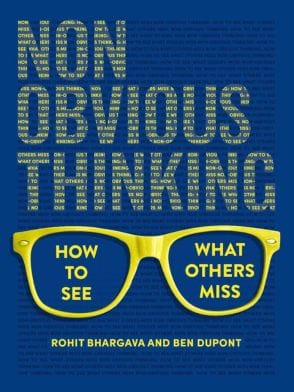

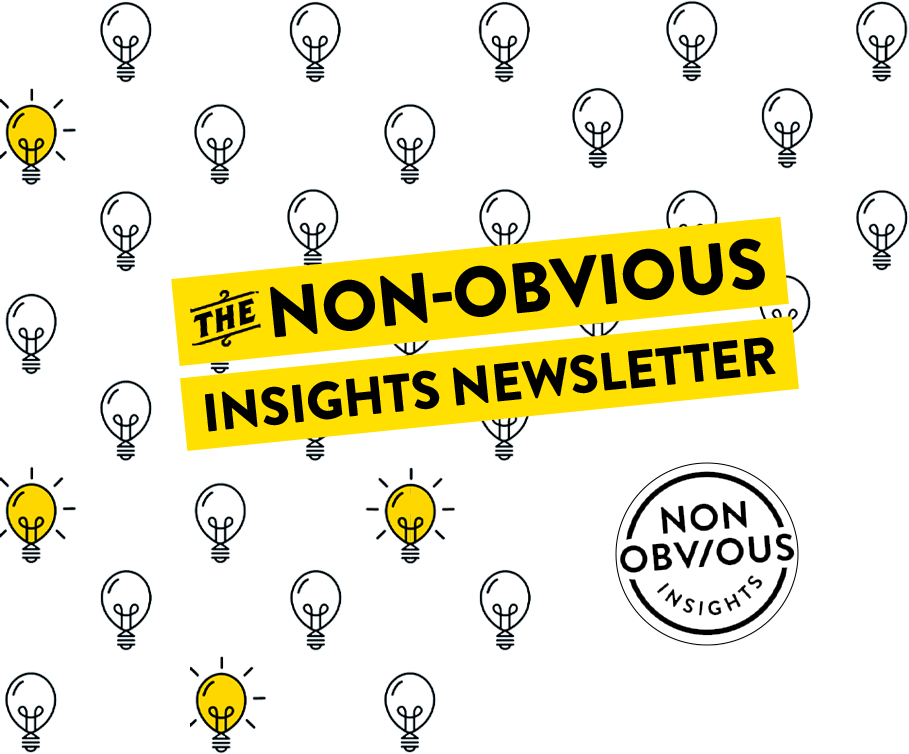




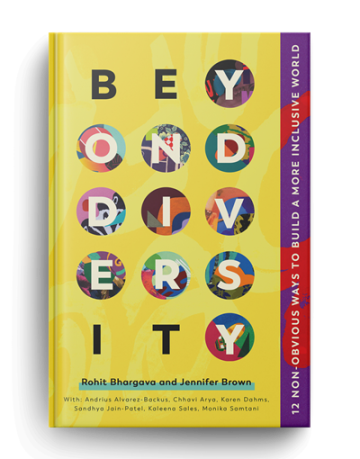
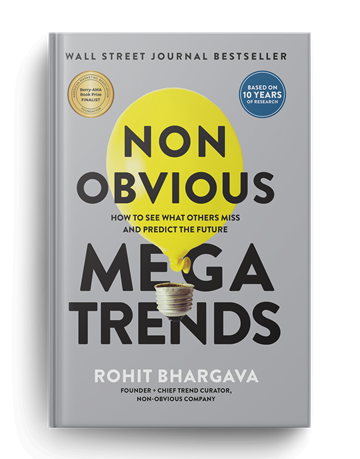
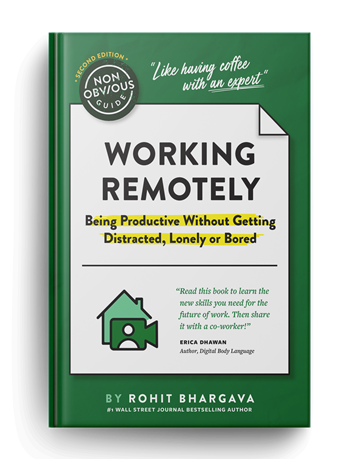

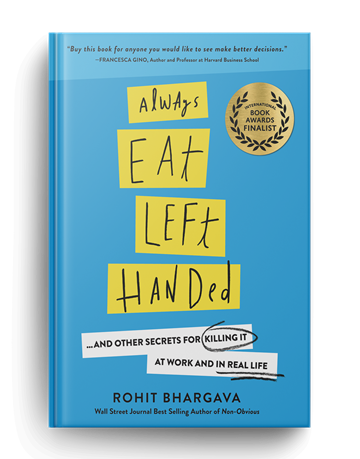

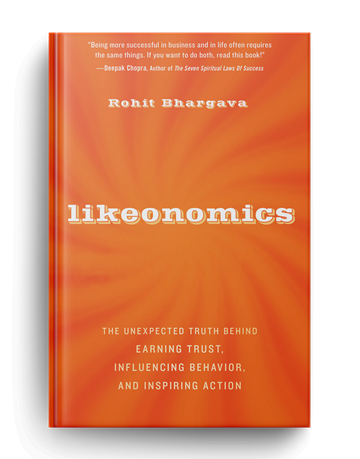


Budget travelers have been doing this for as I can remember by simply taking a razor blade to the spines of their Lonely Planet guides and creating “tailored” guide packets of only what they need. Then they throw away the sections of the places they’ve visited as they go along.
I’d love a modular travel guide like you describe, in a format that I could load on my laptop or even better on my PDA. It’s time for guidebooks to embrace technology!
Barbara
https://babas.typepad.com
Hmm, I have to confess to using the razor blade trick, or the old reliable double sided photocopying many times in the past. I suspect we all have our similar usage stories of Lonely Planets and other travel guides. If only they paid as much attention to stories of how people use their guides as they do to the actual travel experiences of their readers.